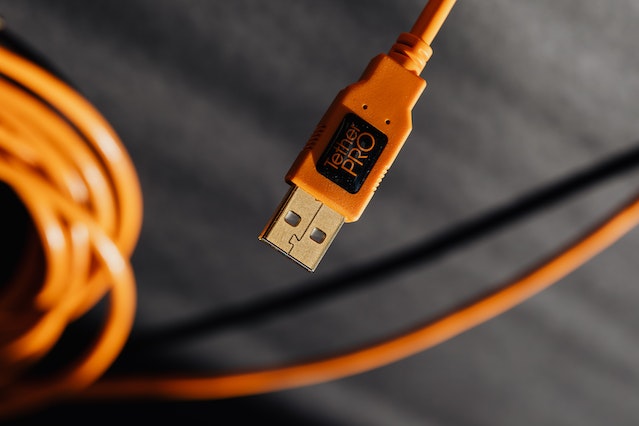In the world of electronics and connectivity, the D-sub connector stands as an iconic and versatile interface that has been used for decades in various applications. Also known as the D-subminiature or D sub connector, this connector has been a staple in the tech industry, finding its place in everything from computers and industrial machinery to audio-visual equipment. In this comprehensive guide, we will explore the history, types, applications, and advantages of the D-sub connector.
History of the D-Sub Connector
The D-sub connector, short for “D-subminiature connector,” made its debut in the early 1950s. It was initially developed by Cannon (now part of ITT Interconnect Solutions) and has since become a standard connector in the electronics industry. The name “D-sub” comes from the characteristic D-shaped metal shell of the connector.
The D-sub connector was designed as an improvement over its predecessor, the DB connector, which was primarily used for connecting peripherals to early computers. The D-sub connector’s primary advantage was its enhanced durability and reliability, which made it suitable for a wide range of applications.
Types of D-Sub Connectors
D-sub connectors come in various sizes and pin configurations, each designed for specific applications. The most common D-sub connector types are:
- DB-9: This connector has nine pins and is frequently used for serial communication and connecting to peripherals like mice and keyboards.
- DB-15: With fifteen pins, the DB-15 connector is often used for analog video connections in VGA and older computer displays.
- DB-25: This connector features 25 pins and is used in various applications, including parallel printer connections and some early SCSI (Small Computer System Interface) devices.
- DB-37: Less common but still in use, the DB-37 connector is used in specialized applications like industrial equipment and data acquisition systems.
- High-Density D-subs: These connectors are available in various sizes, including DD-50, DD-15, and DD-44, offering higher pin densities for advanced applications.
Applications of D-Sub Connectors
D-sub connectors have found their place in numerous applications across various industries. Some of the most common applications include:
- Computers and Peripherals: D-sub connectors were originally popular in the computer industry, connecting devices like monitors, keyboards, and mice. Though newer interfaces have emerged, D-subs are still used for legacy systems.
- Industrial Automation: D-sub connectors are essential in industrial automation and control systems, where they connect sensors, motors, and other components.
- Aerospace and Defense: These connectors are known for their durability and are commonly used in avionics systems, radar equipment, and military applications.
- Audio-Visual Equipment: VGA connectors (DB-15) have long been used for video connections between computers and monitors, projectors, and televisions.
- Medical Devices: D-subs are found in medical equipment, facilitating connections in diagnostic devices, imaging systems, and more.
- Communications: Serial and parallel connections in various communication equipment rely on D-sub connectors.
- Scientific Instruments: D-subs are used in laboratory equipment, data acquisition systems, and analytical instruments.
Advantages of D-Sub Connectors
The D-sub connector’s enduring popularity can be attributed to several advantages:
- Durability: D-subs are built to last, making them ideal for rugged environments and industrial applications.
- Versatility: They come in a range of sizes and pin configurations, accommodating a wide array of functions.
- Shielding: Many D-subs provide excellent electromagnetic interference (EMI) shielding due to their metal shells.
- Reliability: These connectors have a proven track record of reliability, crucial in critical applications.
- Cost-Effective: D-subs are often more cost-effective than some modern connectors, especially for legacy systems.
Conclusion
The D-sub connector, with its iconic D-shaped metal shell, has stood the test of time and continues to play a crucial role in modern technology. Its versatility, durability, and reliability make it a valuable choice for various applications across industries. As technology evolves, the D-sub connector remains a testament to the enduring legacy of innovation in the field of electronics and connectivity.
